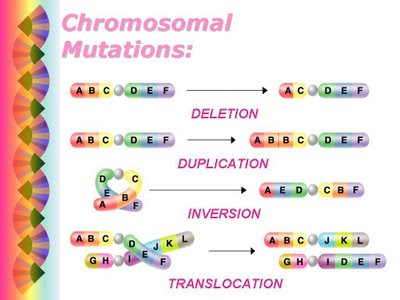*****NOTE: POST REVISED*****

The Power Point Notes for Human Heredity are available here.
The STUDY SESSION for the next Unit Test is after-school on Tuesday, April 1st. The next Unit Test is Wednesday, April 2nd.
STUDENTS: Please remember that you have a major 100-point project on Human Genetic Disorders DUE on Thursday, April 3rd. This is a GROUP project, and April 3rd is the only day given in class for you to work on it. Thus, the bulk of the work needs to be completed before the date!
NO POSTER PROJECT WILL BE ACCEPTED AFTER FRIDAY, April 4th.



